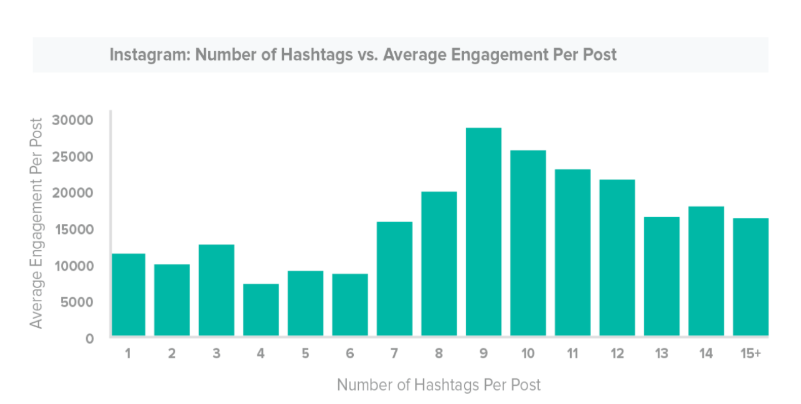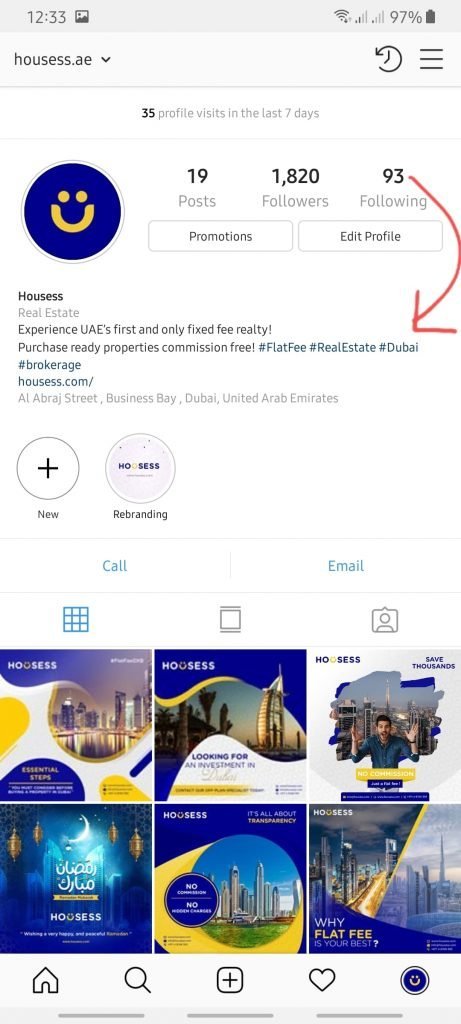Starting a new business is fascinating. But it is also not easy and can cause a lot of headaches. If you do not follow a well-organized business plan, you’re likely to lose your efforts. When it comes to marketing through social media, many companies still fail to harness the potential that social media platforms can offer. To help speed up your efforts, here are five essential tips you can use to boost your marketing through social media.
- Hang out where your audience hangs out
The most crucial aspect of your marketing campaign through social media is where you promote your brand and content. There are different social media networks that you can use to promote your business, but not all of these networks are appropriate for your specific business.
For example, Facebook recently exceeded 2 billion users, but for some companies, promotion on a platform that may have fewer users like LinkedIn is more effective. Start analyzing your business to determine your target market. Ask yourself about who you target with your products or services. Once you’ve identified your target audience, you’ll need to know which social networks are most active, and then target those specific social networks.
- Do not use all channels
Businesses often tend to target many social networks when starting. Unfortunately, this also means that they will have to work harder to keep their social media accounts active, and this time and effort could have been used for more critical tasks. Instead, start by targeting one social platform. This reduces the time needed to keep your social media accounts active and ensures your ability to allocate most of your time to masterwork on a particular social network before moving on to the next.
- Make your profile perfect
Branding is essential if you want to build a successful business that is easily recognized by current and prospective customers. For this reason, make sure that each site your company has is dedicated to maximizing your brand awareness. The same goes for your social networking accounts. Once you’ve created a profile for your business on the right social networks, you should spend some time to officially promote these profiles with the logo, colors, and information about your business.
Pay close attention to the name of the page, as well as the profile picture. Remember to fill in the description section and include a link to your website.
- Create weekly schedules
Although social networks were previously designed to help people stay in touch with their friends, family, etc., these platforms are now more potent than ever for companies. By using social media platforms for your business, you can easily stay in touch with your customers and build trust.
Unfortunately, you cannot always spend several hours each day creating new posts. Instead, schedule one day of each week to schedule week-long posts. This will help keep your audience engaged without having to sign in multiple times a day to post something on your company page or profile.
- Use marketing tools through social media
An excellent way to keep your business active on social media is to use a variety of tools to help you learn more about your target audience. This includes “who they are,” “where they are” and how they interact with your platforms.
To get to know more about social media marketing techniques, get in touch with BrandsCave’s team, and have the entire practical knowledge to shine in the business community!
















